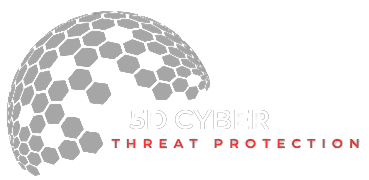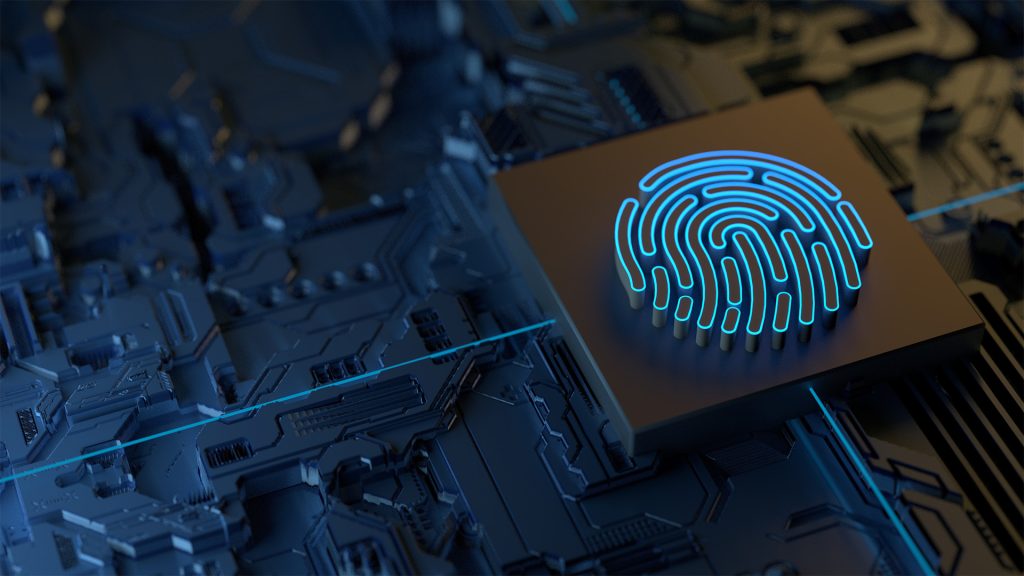In an era where cyber threats are evolving rapidly, traditional security models are no longer sufficient. Zero Trust Security is emerging as the gold standard for protecting sensitive data and networks. But what exactly is Zero Trust Security, and why is it so crucial in today’s digital landscape?
This blog post explores Zero Trust Security, its core principles, and why businesses and individuals should adopt it now.
What Is Zero Trust Security?
Zero Trust Security is a cybersecurity framework based on the principle of “never trust, always verify.” Unlike traditional security models that assume everything inside the network is safe, Zero Trust requires continuous authentication and strict access controls.
How Zero Trust Works
Zero Trust Security operates on the idea that no user, device, or application should be trusted by default. Instead, it:
✅ Verifies Identity – Every user and device must authenticate before accessing resources.
✅ Enforces Least Privilege Access – Users get only the minimum access needed.
✅ Monitors and Analyzes Activity – Constantly checks for unusual or malicious behavior.
✅ Adopts a Micro-Segmentation Approach – Limits access to only necessary areas of the network.
✅ Uses Multi-Factor Authentication (MFA) – Requires multiple forms of verification.
Why Does Zero Trust Security Matter Now?
1️⃣ Increase in Cyber Threats
Ransomware, phishing attacks, and data breaches are at an all-time high. Zero Trust minimizes the risk of unauthorized access and data leaks.
2️⃣ Remote Work and Cloud Adoption
With more employees working remotely and businesses using cloud-based solutions, traditional network perimeters are disappearing. Zero Trust ensures security beyond corporate firewalls.
3️⃣ Compliance and Regulatory Requirements
Many industries (finance, healthcare, government) now require Zero Trust principles to comply with security regulations like GDPR, HIPAA, and CISA guidelines.
4️⃣ Insider Threats and Human Error
Even trusted employees can accidentally expose sensitive data. Zero Trust ensures continuous monitoring and restricts access, reducing insider threats.
5️⃣ Better Protection Against Supply Chain Attacks
Recent attacks on major tech companies show that cybercriminals target third-party vendors to breach systems. Zero Trust limits potential damage by restricting vendor access.

Key Components of Zero Trust Security
1. Identity and Access Management (IAM)
- Uses Multi-Factor Authentication (MFA)
- Implements Single Sign-On (SSO)
- Enforces role-based access control (RBAC)
2. Network Segmentation
- Limits access to specific areas of the network
- Prevents unauthorized lateral movement
3. Endpoint Security
- Monitors devices for suspicious activity
- Uses encryption and patch management
4. Continuous Monitoring and Analytics
- AI-driven threat detection
- Behavioral analysis to spot anomalies
5. Strong Data Protection Policies
- Data encryption at rest and in transit
- Strict policies for data sharing and access
How to Implement Zero Trust Security in Your Organization
- Identify Sensitive Data & Assets – Determine what needs the most protection.
- Enforce Strong Authentication – Require Multi-Factor Authentication (MFA) for all users.
- Adopt Least Privilege Access – Only grant access based on necessity.
- Monitor Network Activity – Use AI and analytics to detect threats in real-time.
- Secure Devices & Endpoints – Ensure only trusted devices can access the network.
- Use Micro-Segmentation – Divide networks into secure zones.
- Regularly Update & Patch Systems – Close security vulnerabilities promptly.
Zero Trust Security vs. Traditional Security
| Feature | Traditional Security | Zero Trust Security |
|---|---|---|
| Trust Model | Trusts users inside network | Never trusts anyone by default |
| Access Control | Based on location or IP | Strict identity verification |
| Threat Detection | Reactive | Proactive & continuous monitoring |
| Network Segmentation | Limited | Extensive & granular |
| Protection Scope | Perimeter-based | Covers cloud, devices & endpoints |
Conclusion: Why You Need Zero Trust Security Now
With the rise of cyber threats, remote work, and cloud adoption, Zero Trust Security is no longer optional—it’s essential. Organizations and individuals must adopt a proactive approach to cybersecurity by enforcing strict authentication, continuous monitoring, and least-privilege access.
Key Takeaways:
- Zero Trust means “Never Trust, Always Verify.”
- It protects against ransomware, insider threats, and data breaches.
- Implementation requires strong identity management, segmentation, and monitoring.
- Businesses that fail to adopt Zero Trust risk financial and reputational damage.
As cyber threats continue to evolve, Zero Trust Security is the best defense. Now is the time to secure your network and data with this modern security framework.
FAQs
1. Is Zero Trust Security only for large enterprises?
No. While large enterprises benefit from Zero Trust, small and medium businesses (SMBs) can also implement it to protect sensitive data.
2. Does Zero Trust replace traditional firewalls?
No, but it enhances security by making firewalls part of a layered approach. Firewalls alone are not enough to prevent modern cyber threats.
3. What industries require Zero Trust Security?
Industries like healthcare, finance, government, and tech increasingly mandate this higher security to comply with regulations and protect sensitive data.
4. How does Zero Trust impact user experience?
While Zero Trust requires frequent authentication, Single Sign-On (SSO) and Adaptive Authentication reduce friction for legitimate users.
5. Can Zero Trust Security stop ransomware?
Yes! Zero Trust limits unauthorized access and lateral movement, making it harder for ransomware to spread across networks.
6. What tools are needed?
Organizations use Identity and Access Management (IAM), Multi-Factor Authentication (MFA), Endpoint Detection and Response (EDR), and AI-powered security analytics.
Are you ready to upgrade your cybersecurity? Implement Zero Trust today and protect your business from modern threats!
Need expert guidance? Contact a cybersecurity professional to start your Zero Trust journey.

